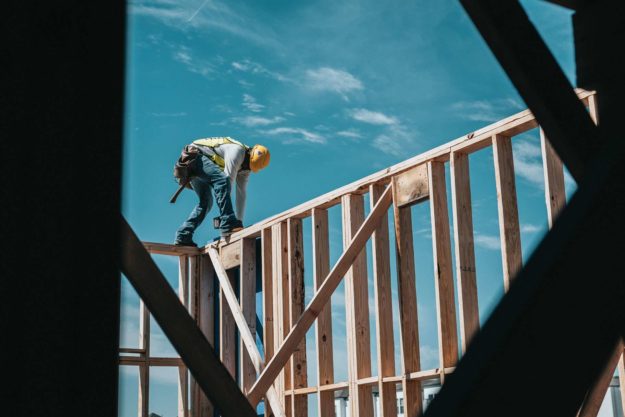Identify and evaluate bio-based materials that have interesting characteristics for building with negative carbon impacts
The building and construction sector is responsible for 37% of greenhouse gas emissions on a global scale. In Switzerland, the sector will have to make significant adaptations if the country is to reach its 2050 carbon neutrality objectives. Not only do emissions have to be reduced as much as possible, it is also crucial to maintain and even augment the carbon sink effect in natural resources. Carbon sinks are only effective when carbon is sequestered permanently or long-term. The use of plant-derived materials is particularly helpful due to their biogenic carbon sequestration capabilities for the entirety of a building’s lifetime.
Not only that, but favoring bio-based materials with short and local supply chains would significantly lower the importation of construction materials, which by itself accounts for two thirds of all building-related emissions. The adoption of bio-based materials is therefore an essential step in the path toward carbon neutrality.
The current state of research, however, does not provide the Swiss construction sector with well-defined target levels for biogenic carbon sequestration. Carbon budgets as presently defined are in accordance with Switzerland’s climate objectives and with international agreements (SETUP PRO – HEIA-FR), but the potential impact of bio-based materials has not been fully assessed. As a result, research has yet to define negative carbon budgets for construction projects—one of the keys to carbon neutrality. Other pending areas of research are end-of-life management strategies for bio-based materials and estimates of local supply chain capacity.
Project BioLoop addresses these urgent needs by integrating several research methods. First, high-potential bio-based materials will be identified and evaluated. A model of the building stock will be created to facilitate the analysis of parameters influencing emissions (renovation rates, new constructions, lifecycles, etc.) and their long-term evolution. The model will integrate dynamic lifecycle analysis so that the temporal variability of emissions is better understood and different end-of-life scenarios for materials can be considered. Next, Project BioLoop will define the building system archetypes made of bio-based materials that can be used for new constructions and for renovations. The application of these archetypes to the building stock model and to renovation and growth projections will make it possible to estimate future demand for bio-based materials. As a final step, this demand will be measured against the projected extraction and production capacity of short and local supply chains in order to determine the potential coverage ratio of the construction sector’s carbon stock needs.
Project BioLoop’s results will thus enable the forecasting of the construction market of the future as well as the identification of high-potential materials and building techniques. This data should be very useful to industrial actors, but also to public officials who will determine the appropriate minimal levels of bio-based materials and carbon storage for constructions in Switzerland. Finally, Project BioLoop will serve as a demonstration of the value of bio-based materials for architects and engineers. More generally, it will illustrate the significant contributions that new construction technologies can make in the ongoing effort to fight climate change.

